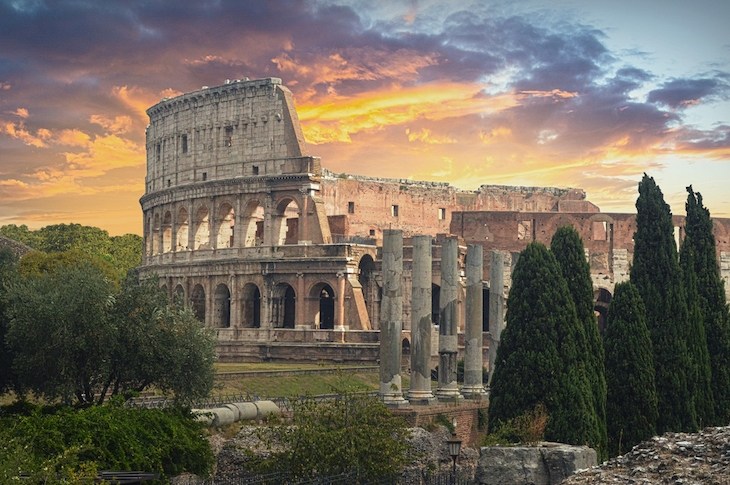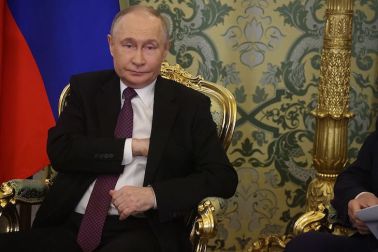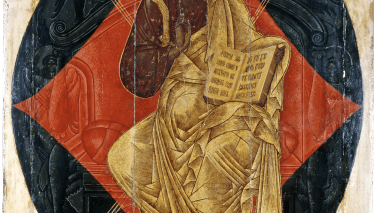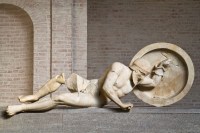Why did the Roman Empire collapse? It’s a question that’s been puzzling writers ever since Edward Gibbon wrote The History of the Decline and Fall of the Roman Empire in the late 18th century. One classicist — a German, inevitably — bothered to count up all the various hypotheses for the fall, and came up with 210.
The conventional explanation is that, in 410 AD, King Alaric and his Visigoths sacked Rome. Across the Empire, from Hadrian’s Wall to Africa, legionaries folded their tents and deserted their posts.
Several centuries of self-indulgent, over-reaching and in-fighting emperors had done for the whole shooting match, leaving the Eastern Roman Empire to stumble on until the fall of Constantinople in 1453. And so Roman history came to a full stop.
But wait a minute! Here comes Kyle Harper, professor of classics at Oklahoma university, with a delicious new theory. It wasn’t just lusty emperors and barbarian vandals who brought down the Empire, he says. It was climate change, solar cycles, volcanoes and rampaging plague that conspired to destroy the biggest imperial project the world has ever seen. Harper argues his case brilliantly, with deep scientific research into weather, geology and disease. This engaging book is at the egghead end of the market, not one for the kids or fans of Bromans.
Harper doesn’t refute Gibbon’s reasons for the fall, and he agrees with Gibbon’s famous verdict on the Empire’s most prosperous period, between 96 and 180 AD. That, he says, was when the Romans achieved a kind of favourable imperial equilibrium — not too big and not too small. By 650, those heady days were long gone: the population of the Mediterranean basin, which had been 75 million, collapsed to half that; Rome, once home to 1,000,000 at its ancient height, was now inhabited by only 20,000.








Comments
Join the debate for just £1 a month
Be part of the conversation with other Spectator readers by getting your first three months for £3.
UNLOCK ACCESS Just £1 a monthAlready a subscriber? Log in